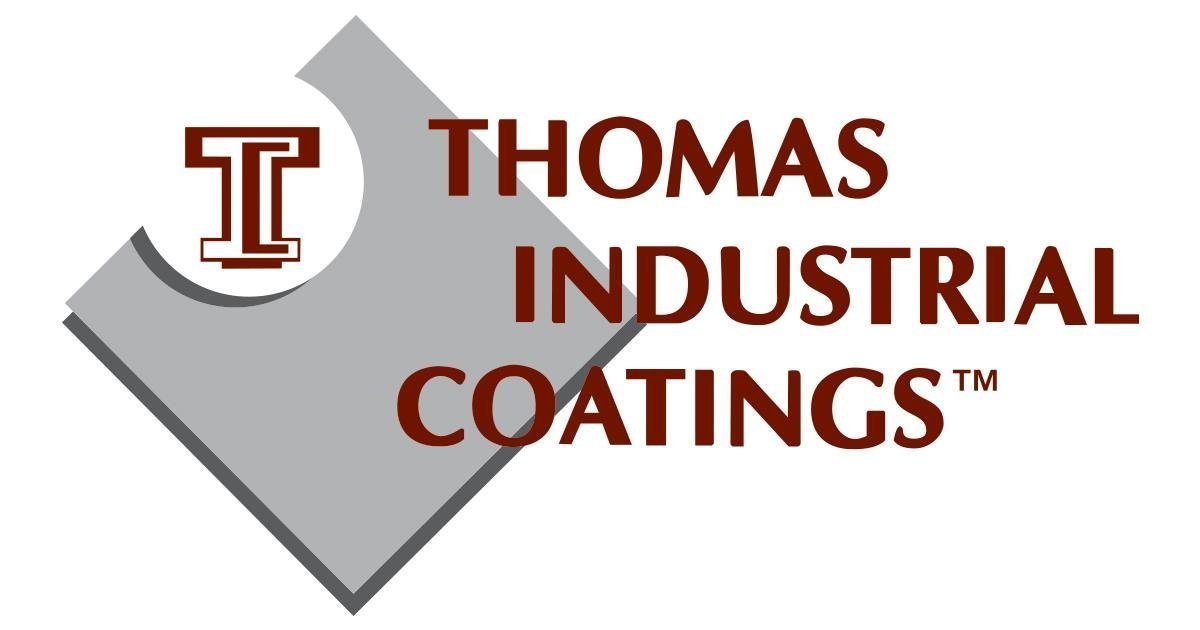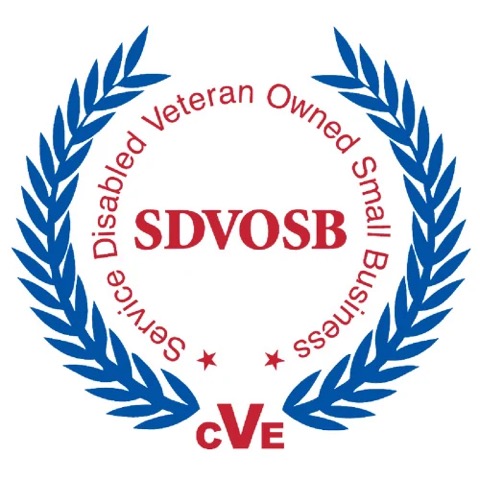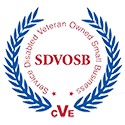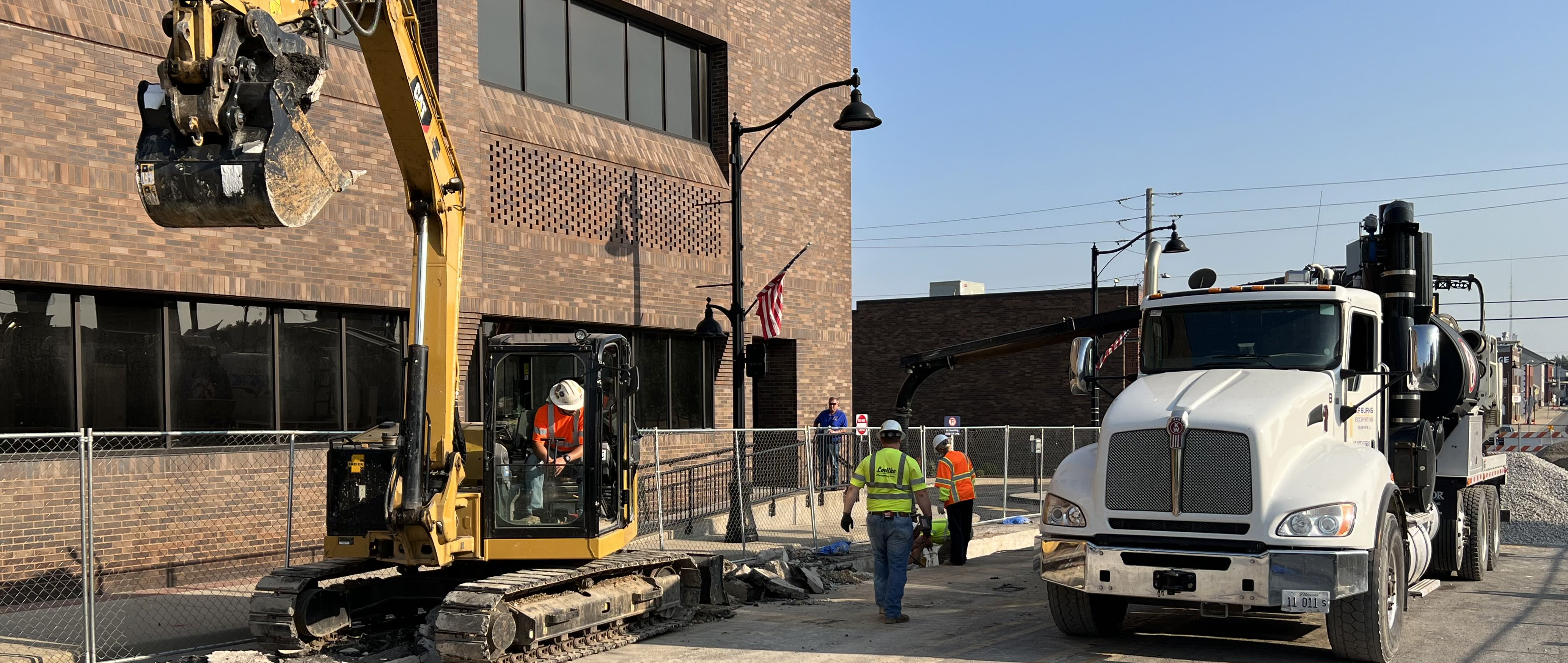Safety & Health Resources
Welcome to our comprehensive safety and health resource hub. Below you’ll find categorized links to trusted organizations and regulatory agencies, ensuring you have access to the latest guidelines and best practices in workplace safety.
Asbestos Safety
Resources providing guidelines on health risks, regulatory standards, and safety practices related to asbestos exposure.
Bloodborne Pathogens
Links offering training materials, prevention strategies, and regulatory information to protect workers from bloodborne
infectious diseases.
Chemical Exposure & Hazardous Materials
Information on chemical hazards, exposure limits, PPE use, emergency response, and toxicology references.
Confined Space Safety
Guidelines and tools for identifying, training, and managing confined space entry procedures and hazard controls.
Epidemiology & Public Health
Statistical and analytical data sources for understanding health trends, disease incidence, and public health policy.
Ergonomics & Workplace Stress
Resources focusing on workplace ergonomics, injury prevention, and managing stress to support worker well-being.
Indoor Air Quality & Environmental Concerns
Standards and best practices for maintaining healthy air quality and addressing environmental risks indoors.
Mining Safety & MSHA Resources
Regulatory and industry-specific safety standards for the mining industry from federal and state agencies.
Noise & Hearing Conservation
Guidelines for protecting hearing in noisy workplaces, including exposure limits and prevention programs.
Personal Protective Equipment (PPE)
Resources on types of PPE, selection, usage, maintenance, and applicable safety regulations.
Radiation & Toxicology
Federal guidelines on radiation protection and access to databases with toxicological profiles and safety data.
Ventilation & Airflow Standards
- OSHA Ventilation Guideline
Emergency Preparedness & Response
Disaster planning, first aid training, and safety protocols to prepare for and respond to workplace emergencies.
Workplace Violence & Harassment Prevention
Guidance on recognizing, preventing, and responding to violence and harassment in the workplace.
Mental Health & Well-being in the Workplace
Resources to support employee mental health, stress management, and psychosocial safety in the workplace.
Construction Safety
Industry-specific safety resources covering fall protection, ladder use, equipment hazards, and OSHA compliance.
Testimonials
"It is a great pleasure for me to share with any prospective client of Razer Safety and Health Consulting the excellent professional services that you provided in a recent case where our respective organizations provided legal and consulting services for a client in a significant OSHA matter.
As a former Area Director for OSHA, you provided practical advice to our client, and you provided these services in a professional and cost-effective manner.
Please feel free to have any of your prospective clients contact me for any additional information concerning your consulting experience. You are an excellent resource in the OSHA area, and it was a personal pleasure to work with you on this project. Continued success."
Dennis G. Collins
-GREENSFELDER, HEMKER & GALE, P.C.-

"I recently retained Chet to consult with on a wrongful death case I that involved worksite safety responsibilities and OSHA issues. Prior to retaining Chet I had interviewed several other experts, but was not comfortable with any of them for a variety of reasons. From my first discussion with Chet it was readily apparent that he has a wealth of experience and knowledge in safety-related matters. Most importantly to me, however, was the fact that Chet did not immediately start offering opinions on the case or otherwise go into a speech about his qualifications. Instead, he listened to what I had to say, then asked a number of pertinent questions and identified various materials that he knew would be critical to the issues in the case. Although I did not then know what opinions Chet may reach in the case, I felt comfortable that he was credible and not an expert that would simply tell you what he thought you wanted to hear.
After reviewing thousands of documents Chet demonstrated a detailed understanding of the case and was very good at educating me on the issues presented. He ultimately wrote a great report which I am confident played a significant role in reaching a fair settlement of the case. At every step in the case Chet was responsive and made himself readily available. He was focused, thorough, knowledgeable, helpful, candid, and straightforward. Although I did not get to see him testify by way of deposition or trial, I knew that he would be credible and well-liked by a jury. I will use Chet in the future and highly recommend him to others."
Monty Barnett, Attorney
-White and Steele-

"As the Director of Safety for SAK Construction I am fortunate and grateful to know and work with Chet Razer. Chet’s experience and knowledge has helped us at SAK Construction become a better and safety company. Chet’s approach to OSHA regulations and real-world safety has assisted us in overcoming questions and concerns on compliance. Additionally, unlike many others Chet has become a mentor to many young safety professionals within our organization to help them grow and evolve."
Harry Miller, CSP, CHST
VP/Director of Safety
SAK Construction
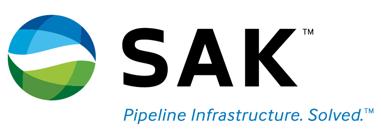
"Razer's vast experience with OSHA / MSHA and his ability to relate to our crews in the field has added tremendous value to our safety and health program. It's nice to know when Chet inspects a job site and talks with employees, a positive impact will follow."
Todd Cook, CSP
Director of Safety & Health
-Thomas Industrial Coatings, Inc.-
